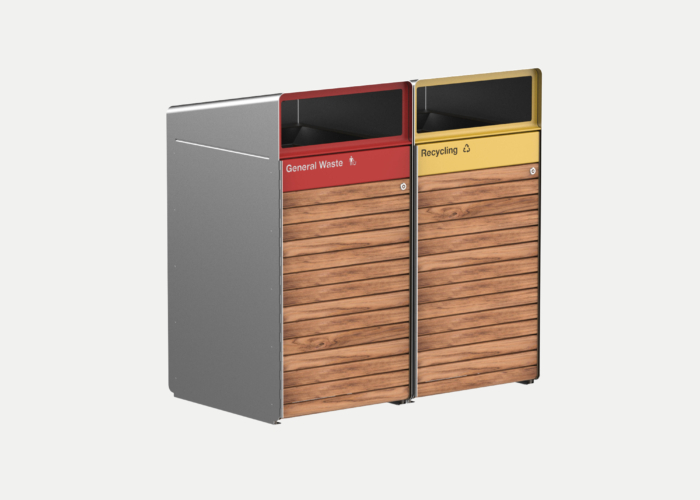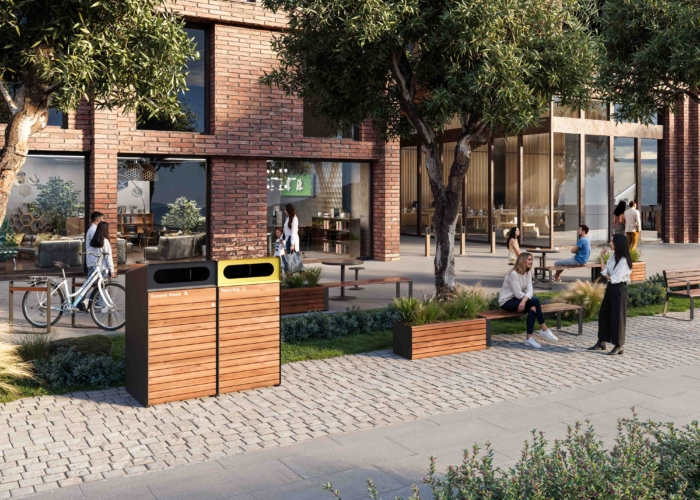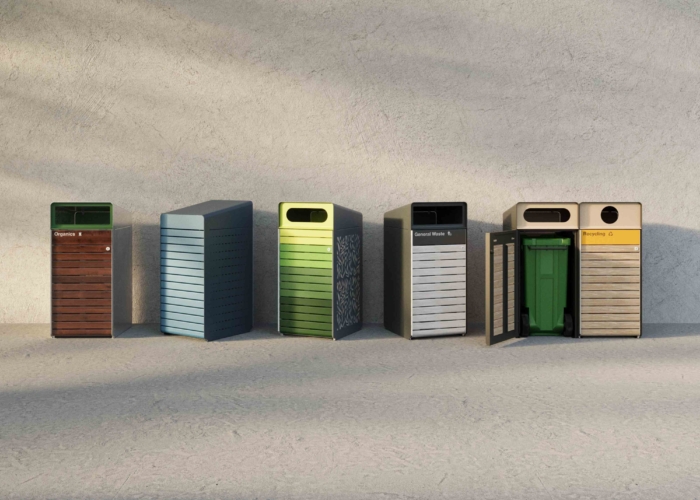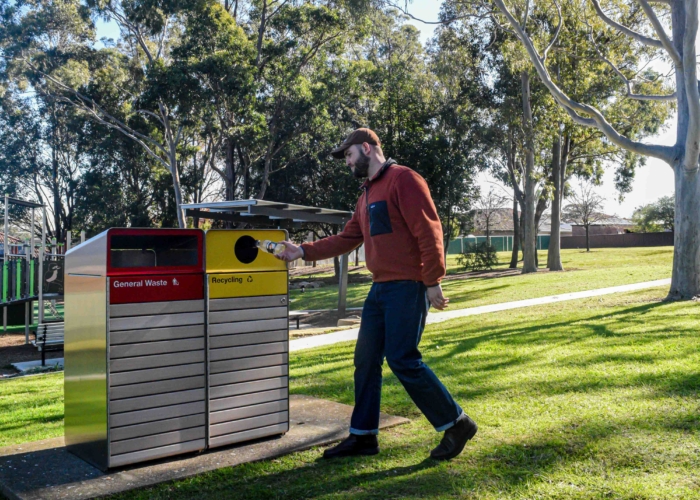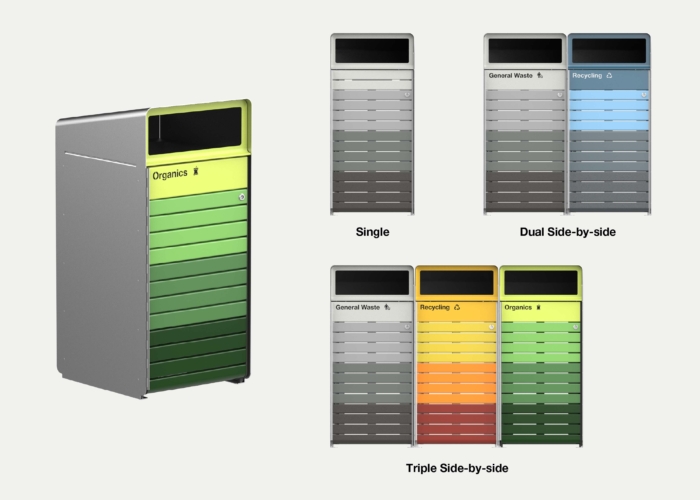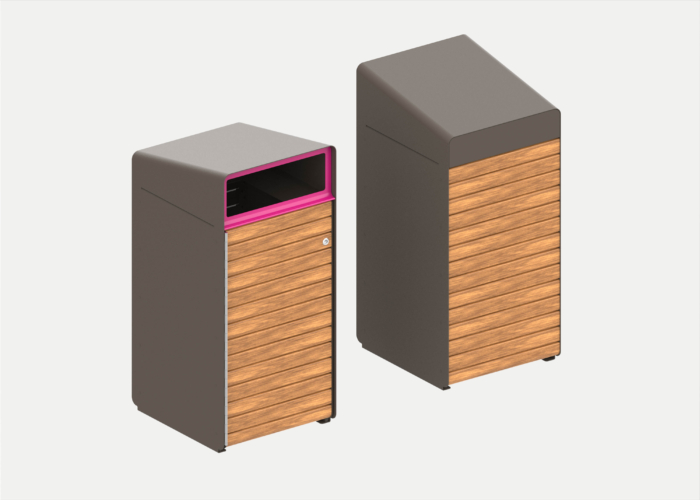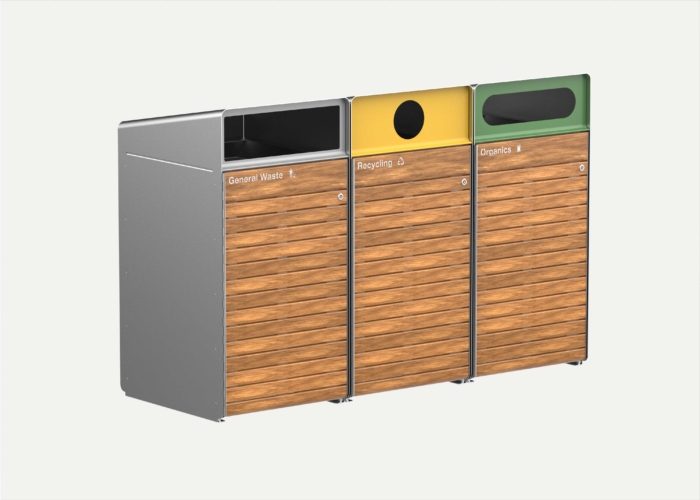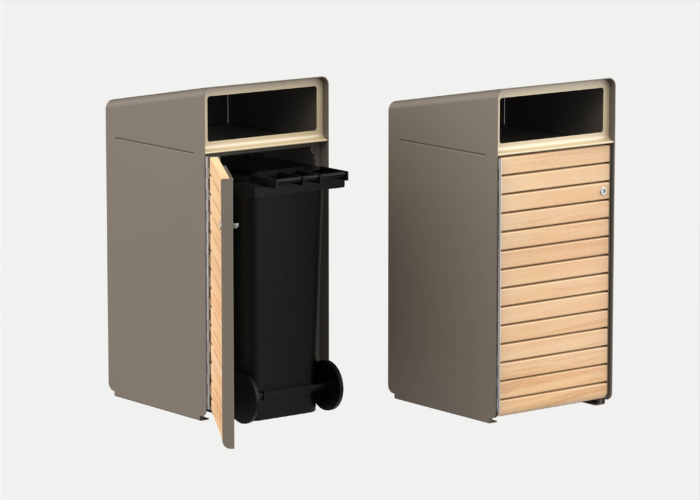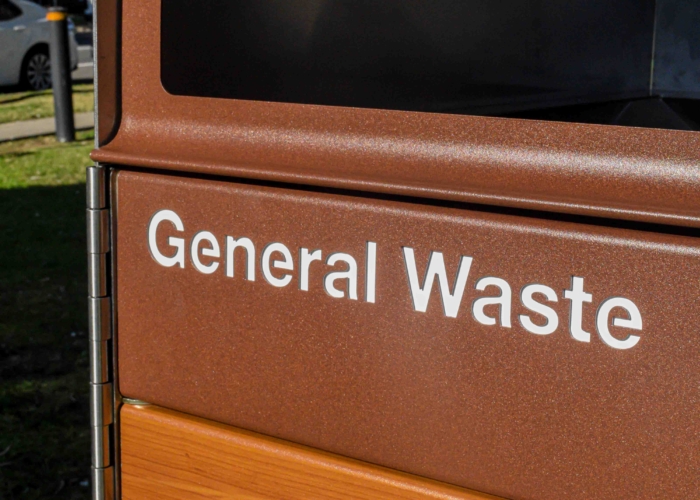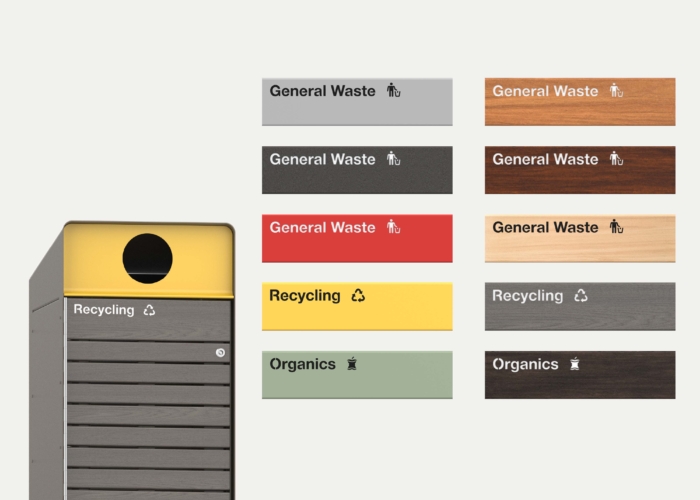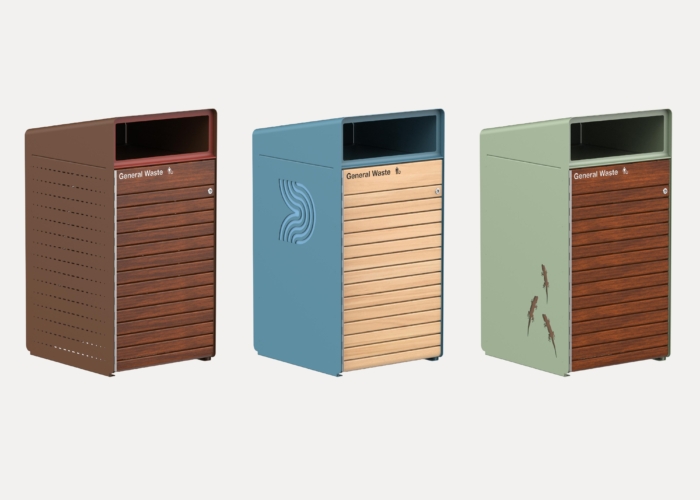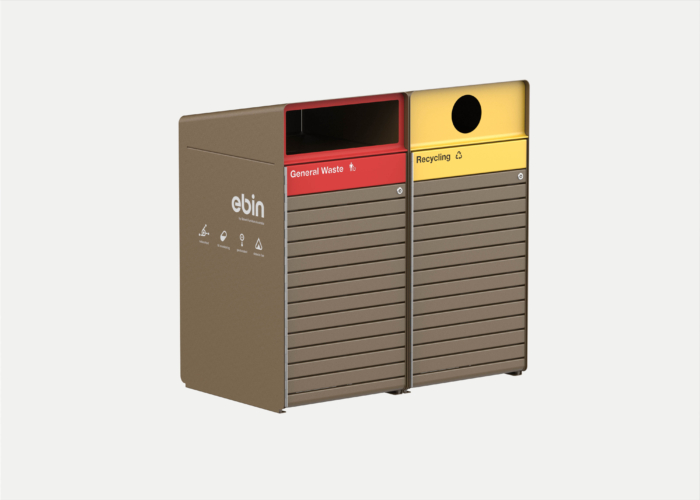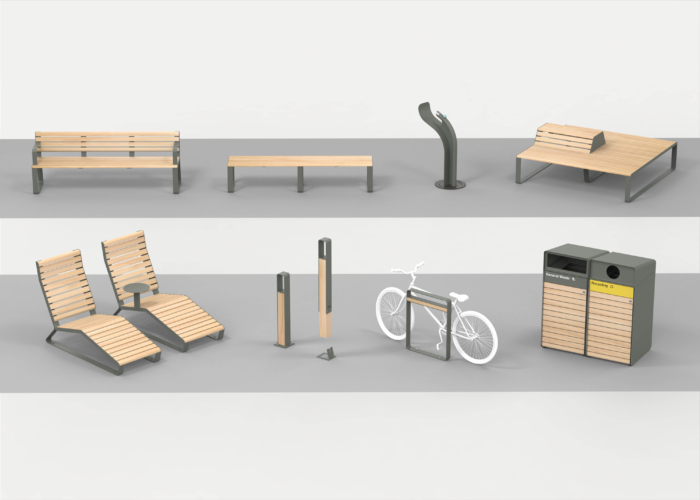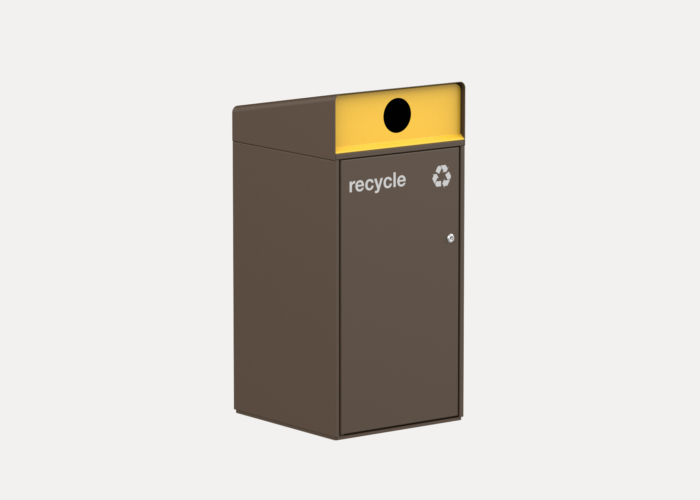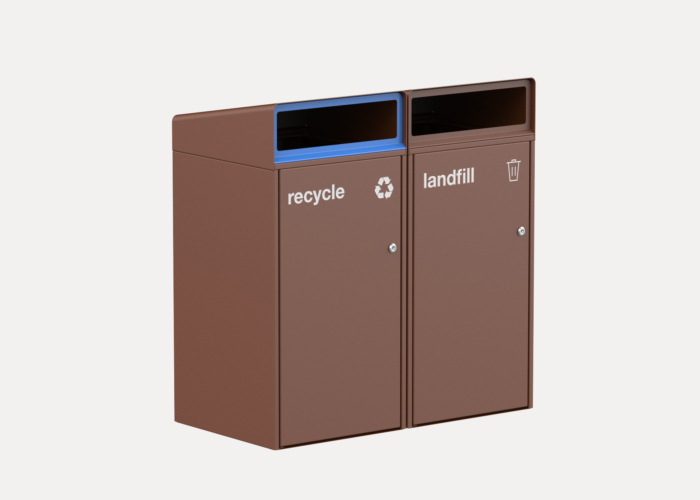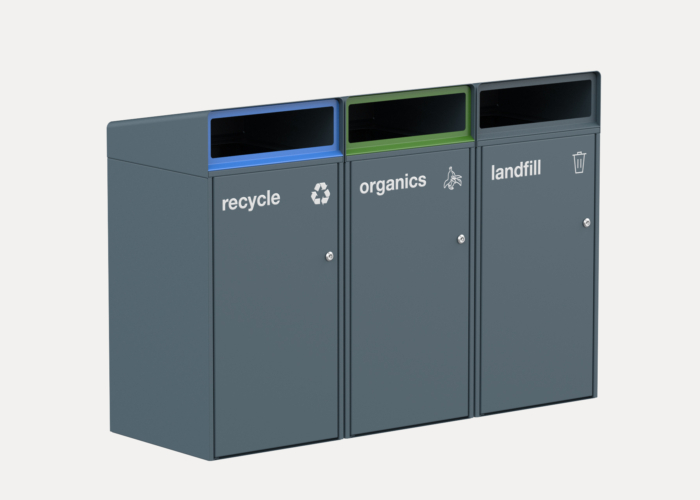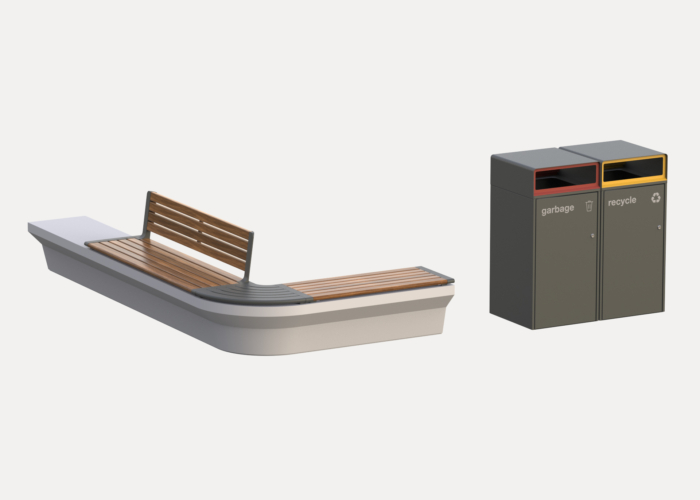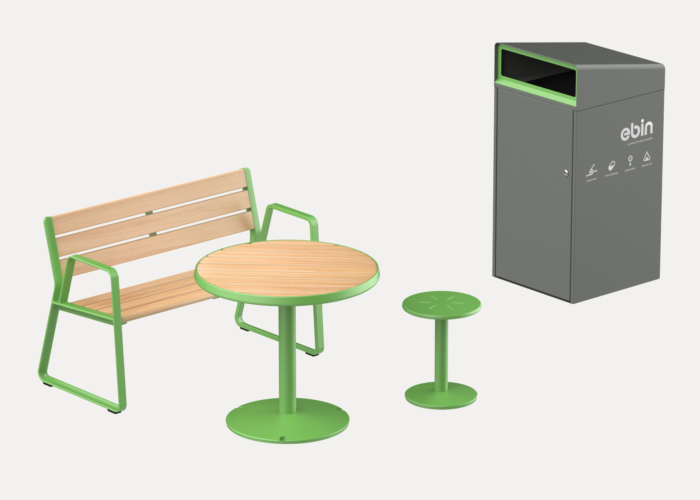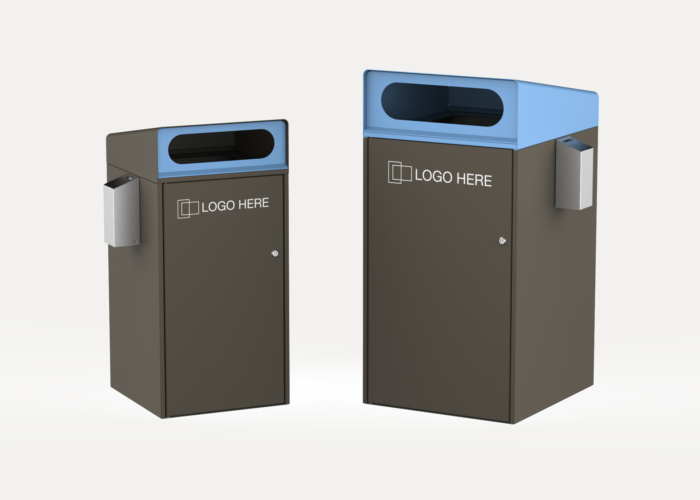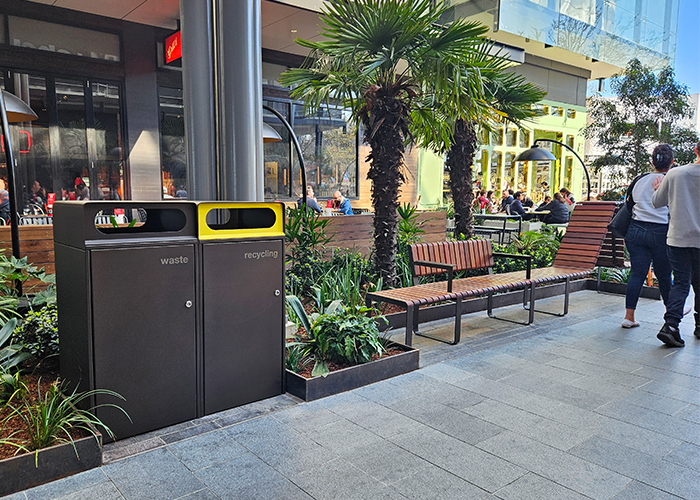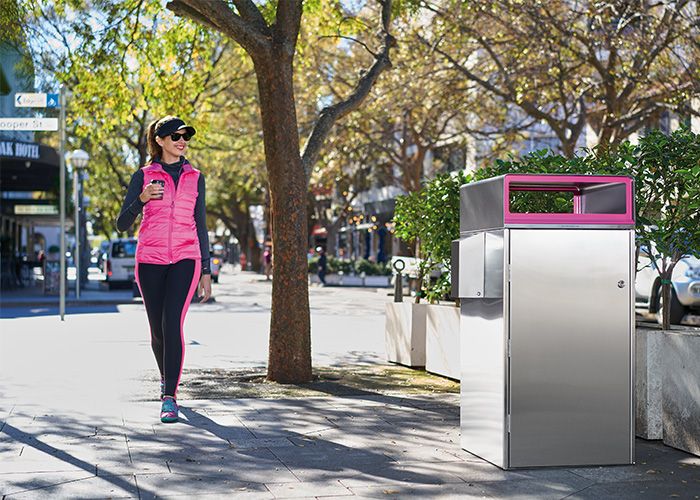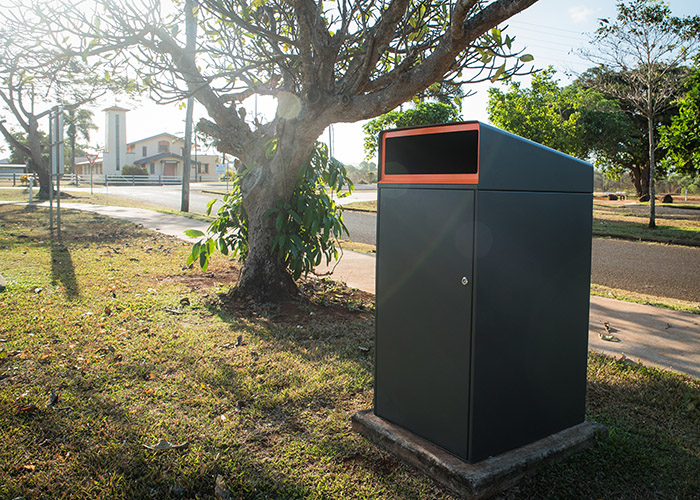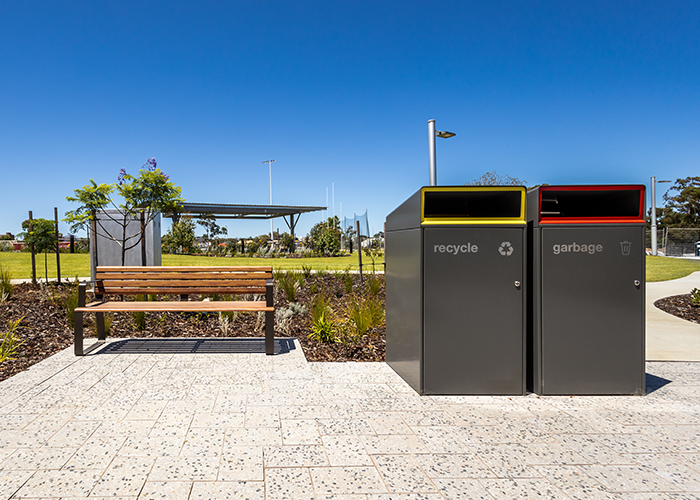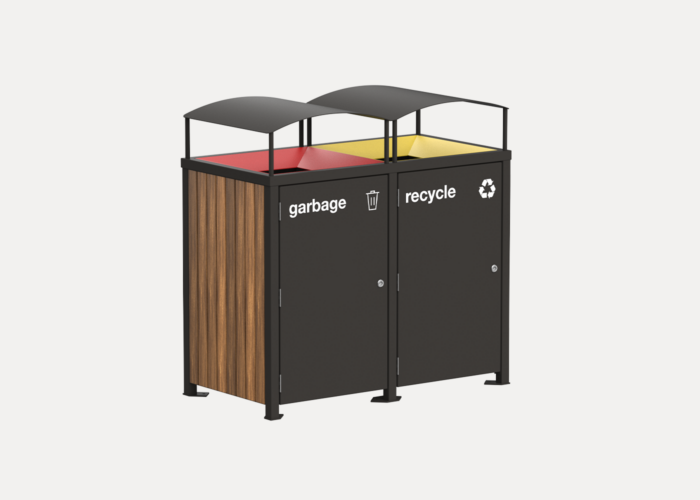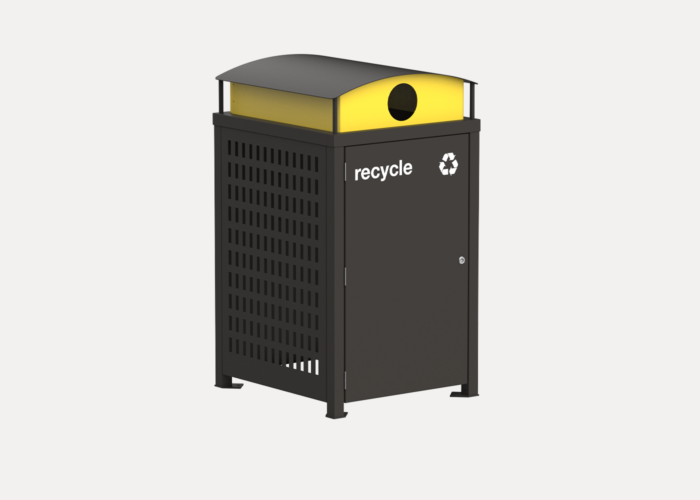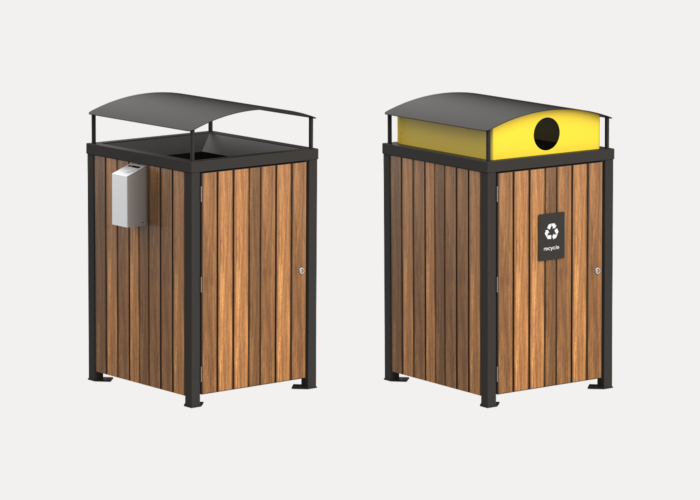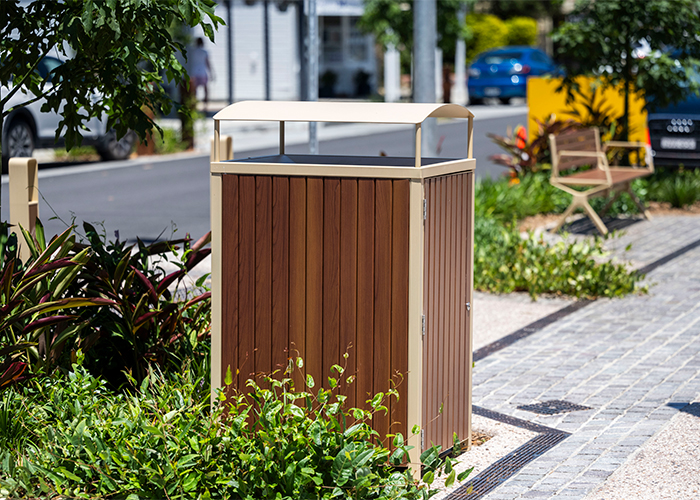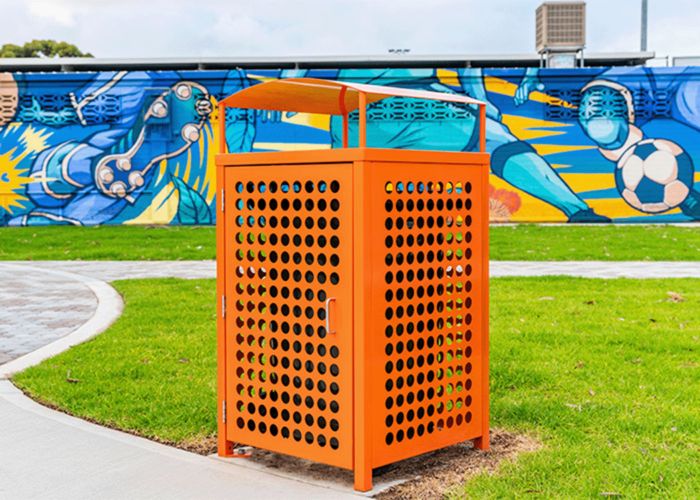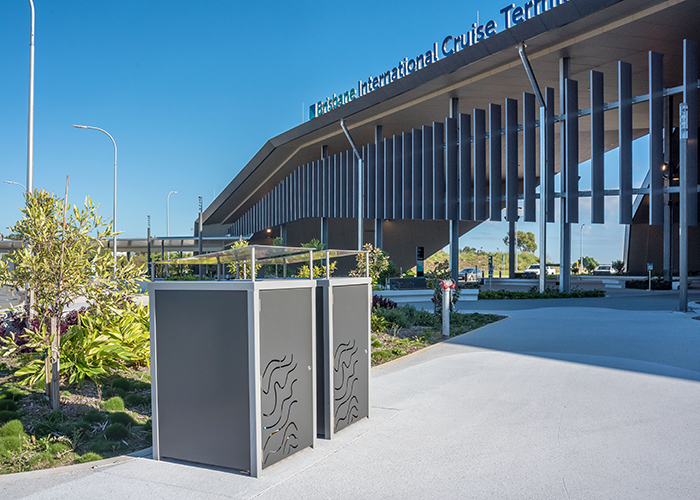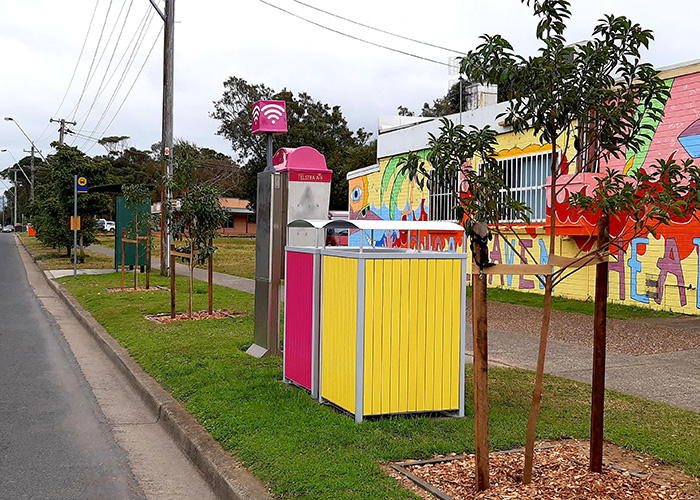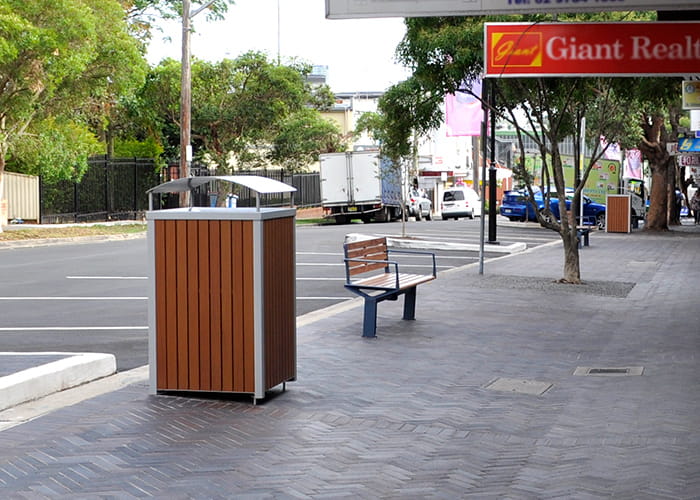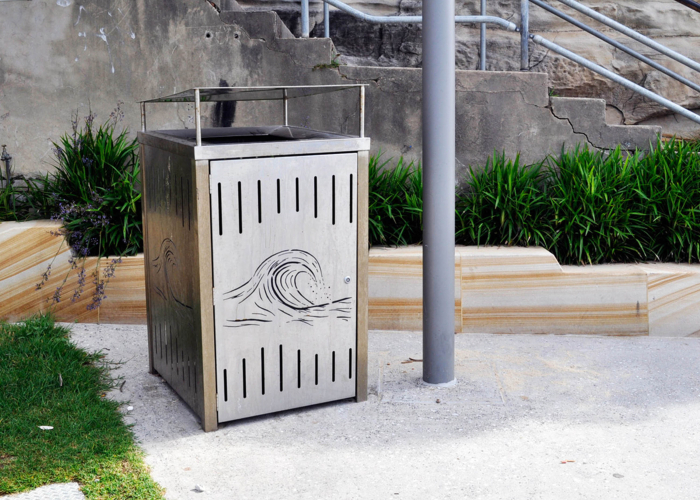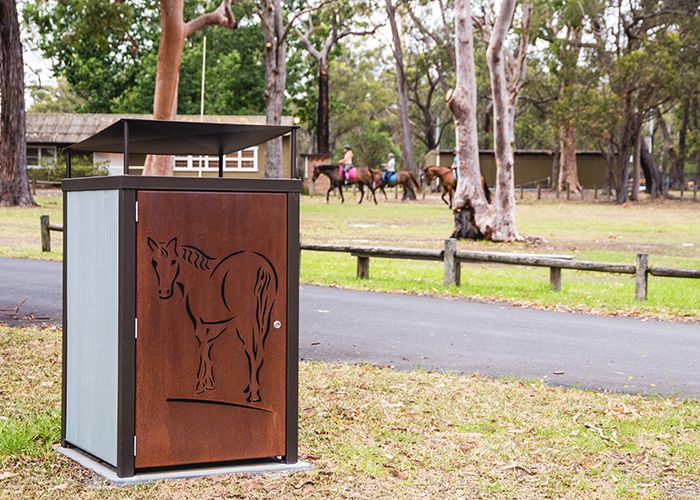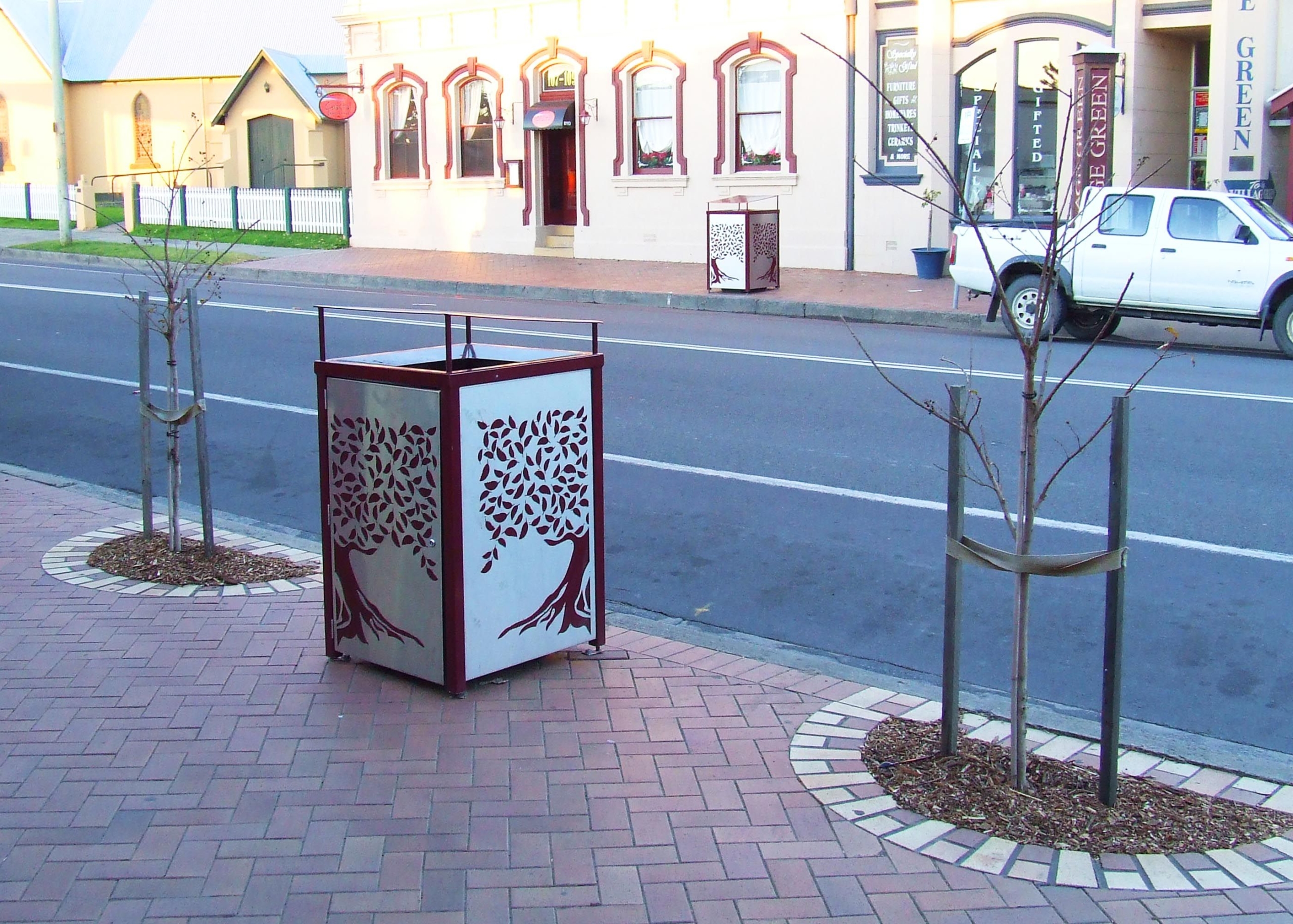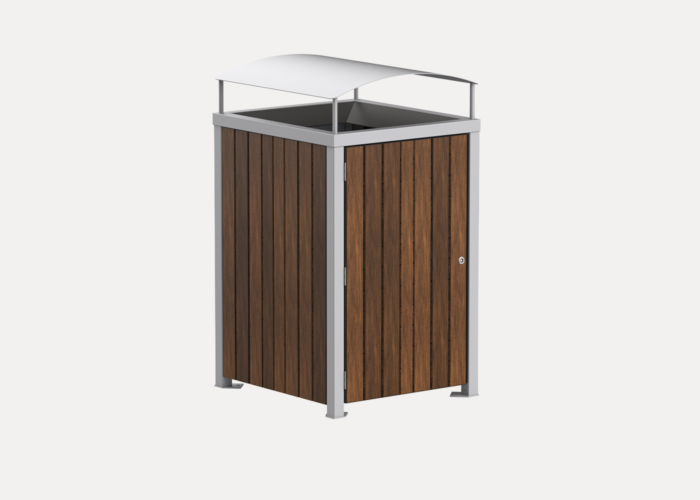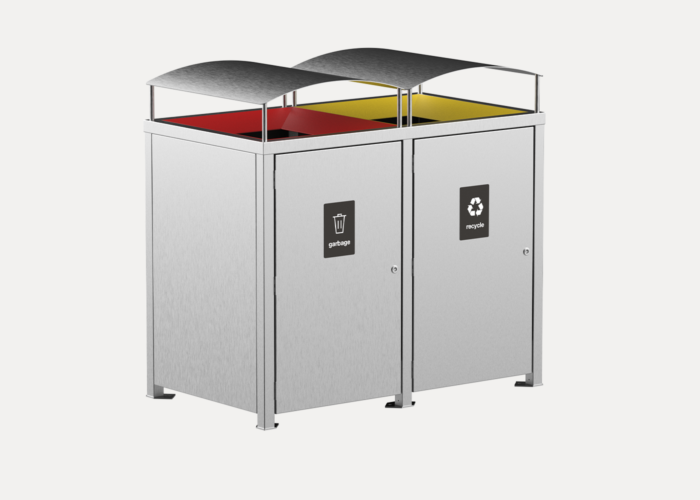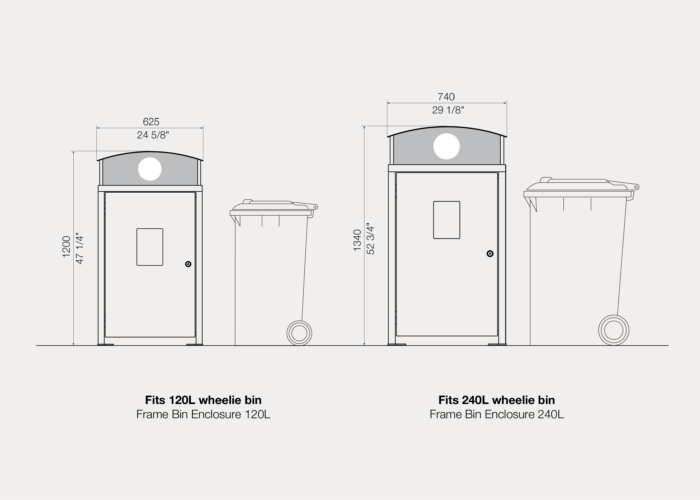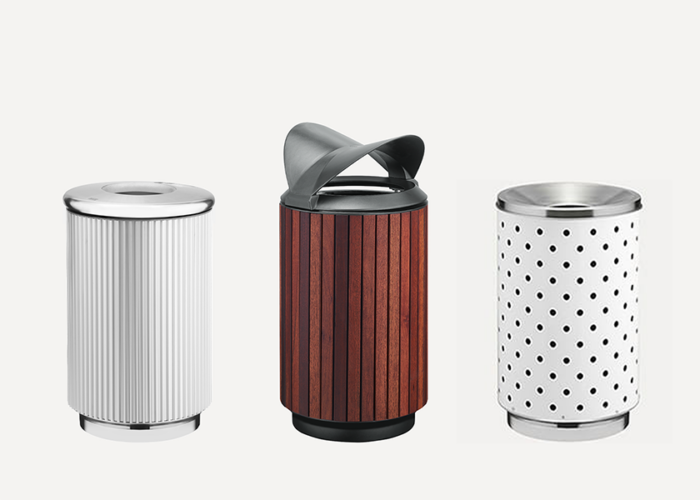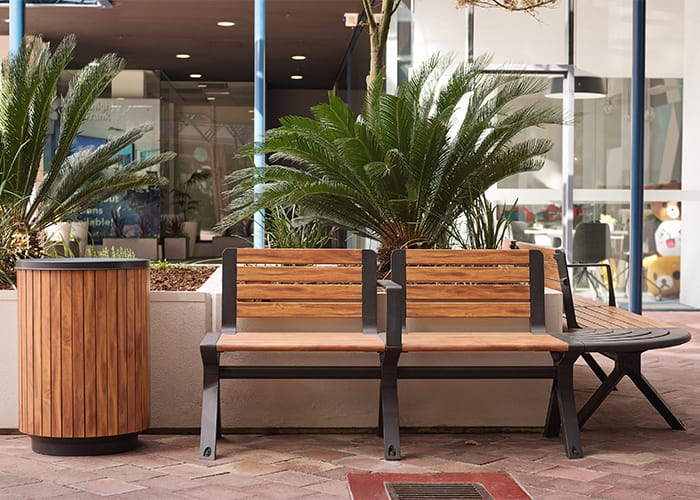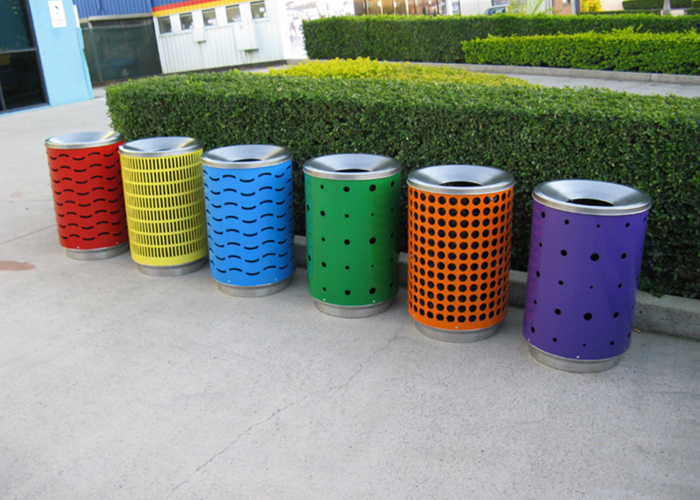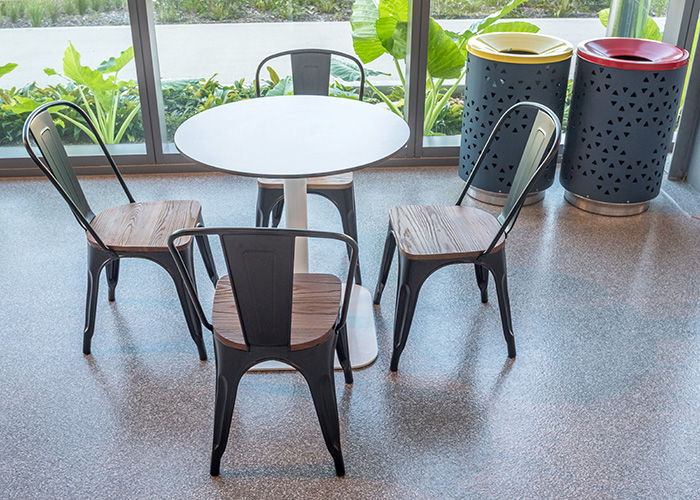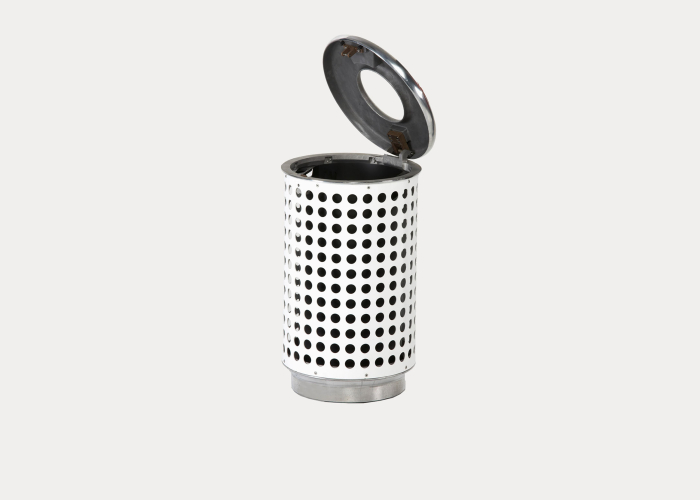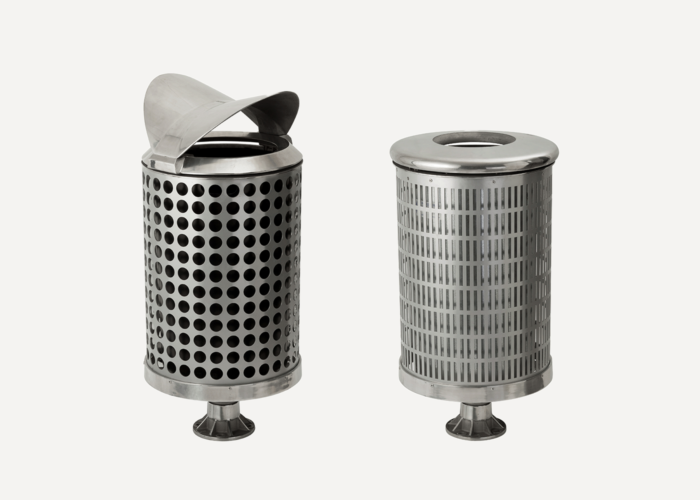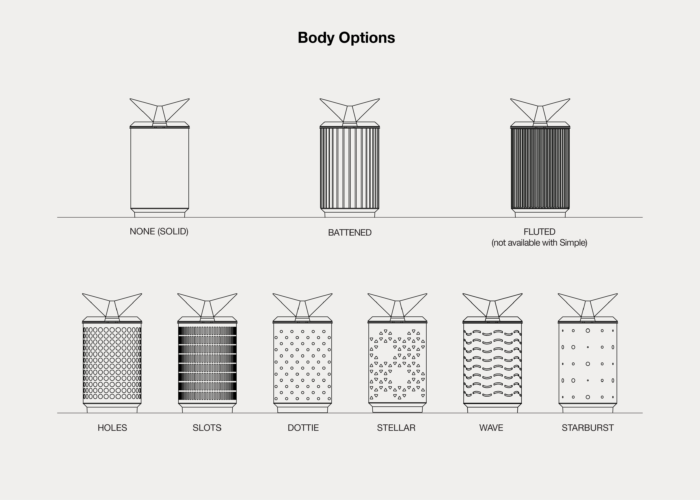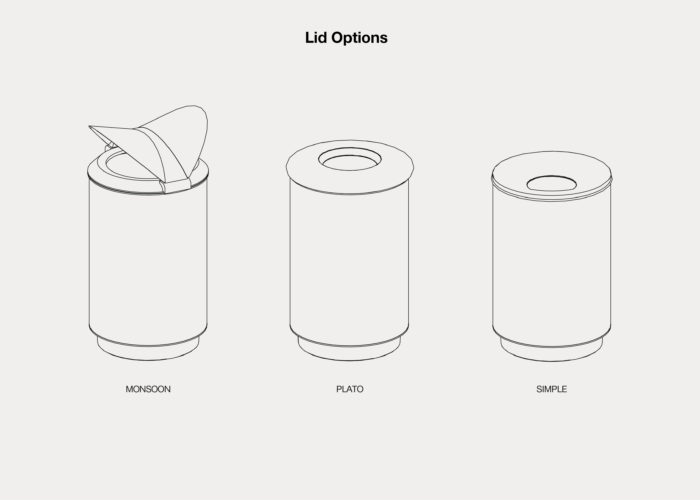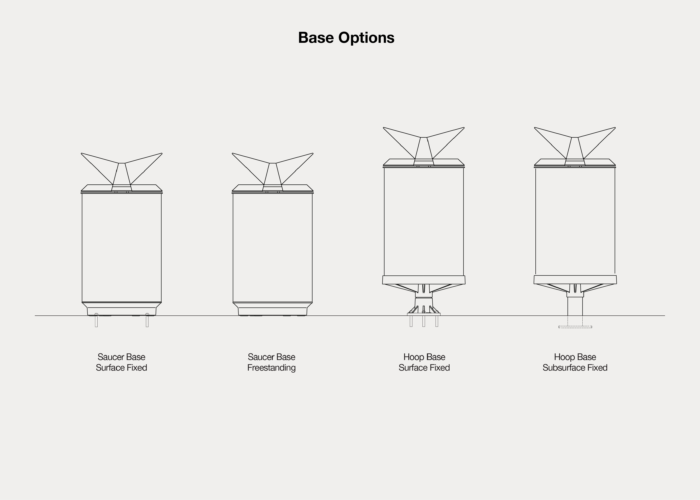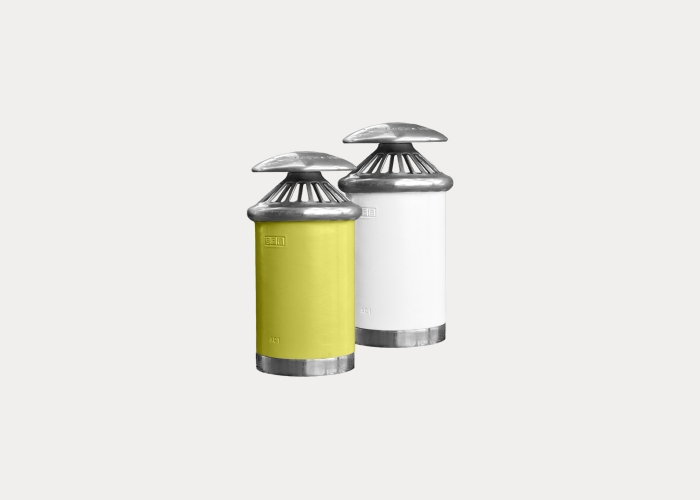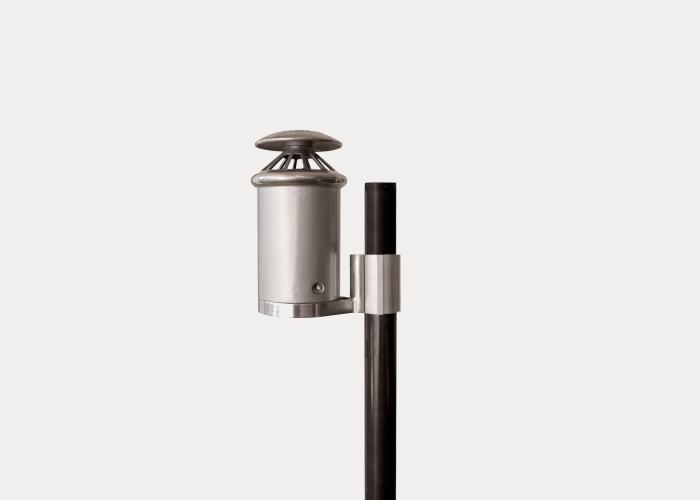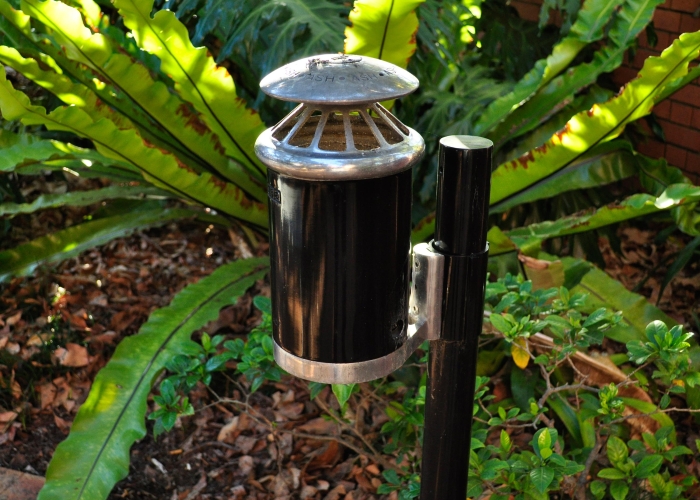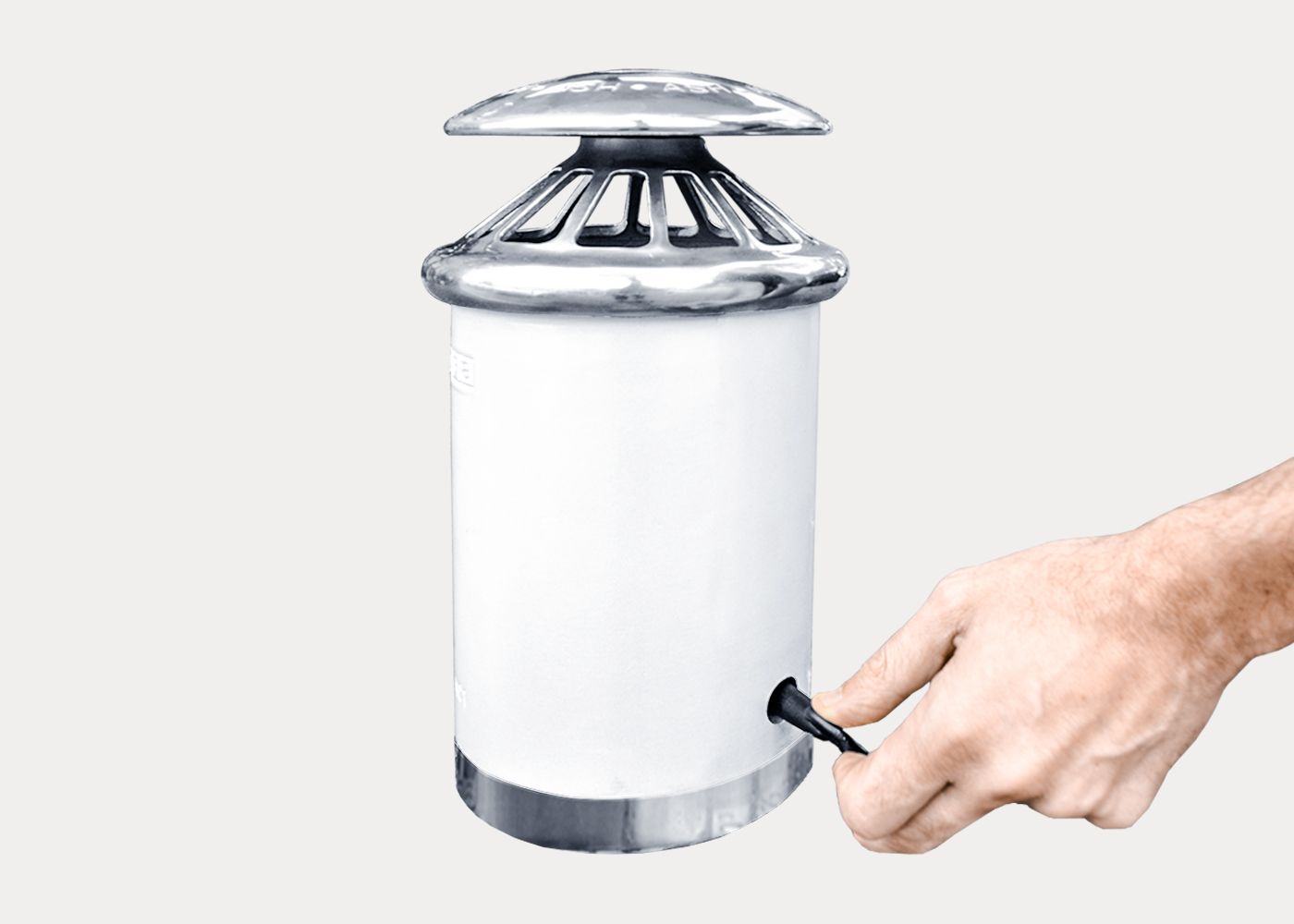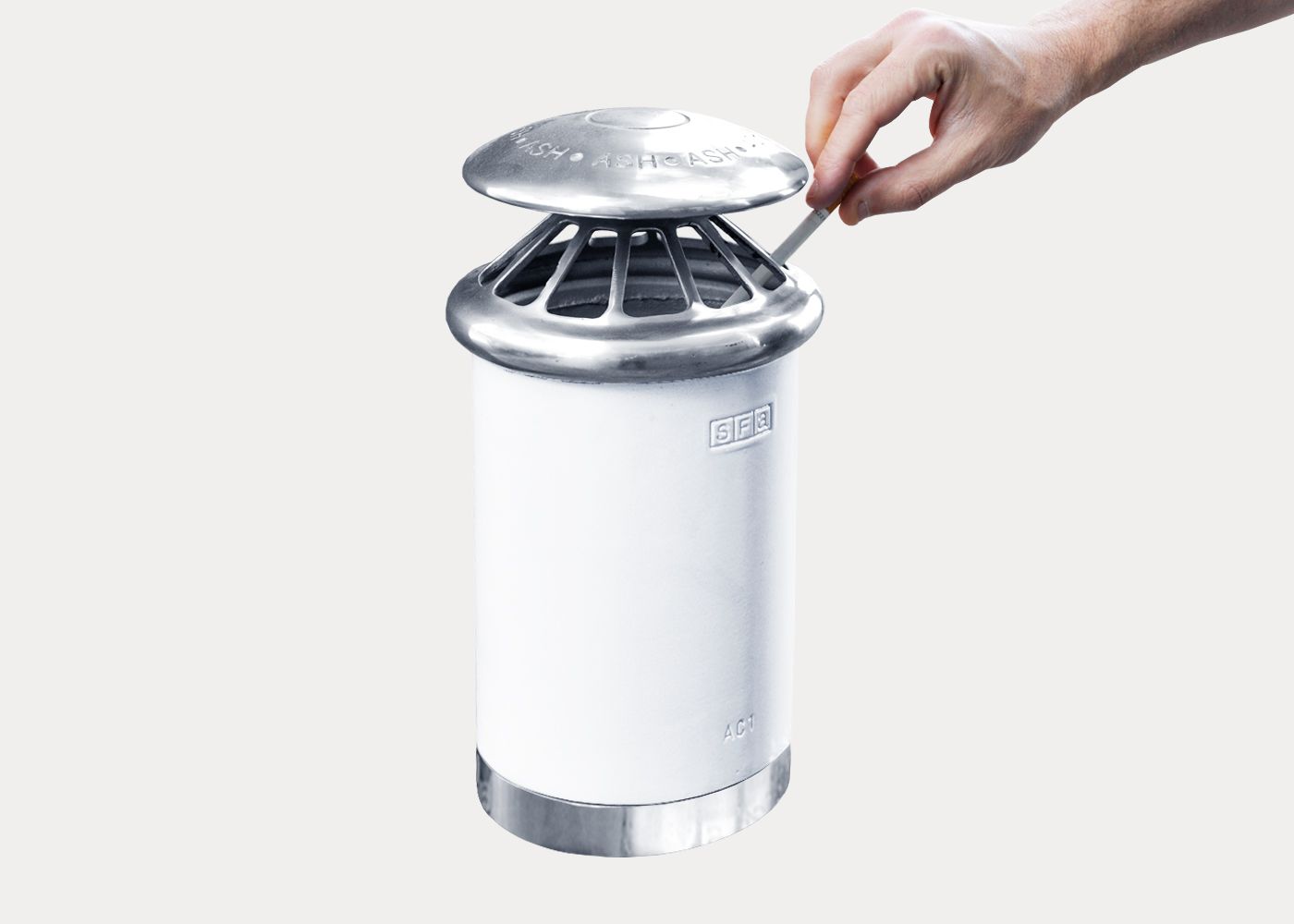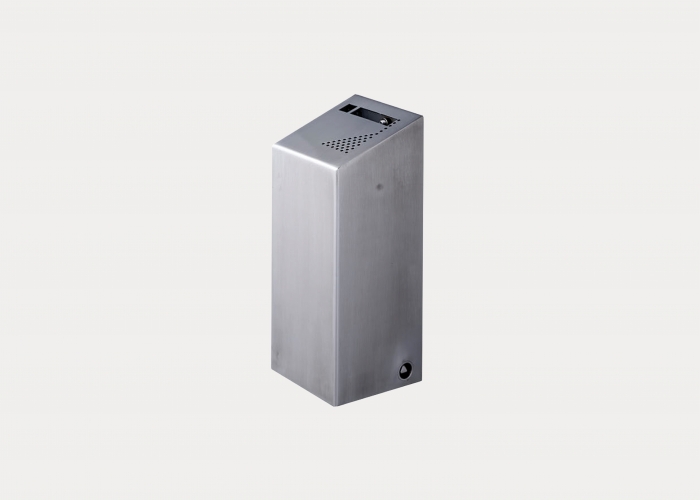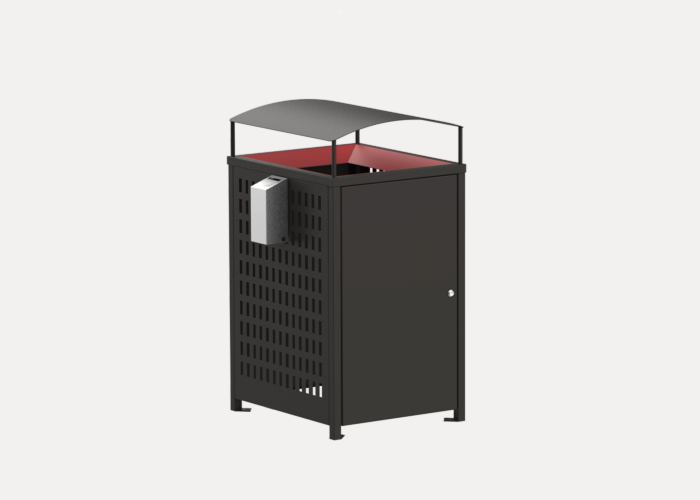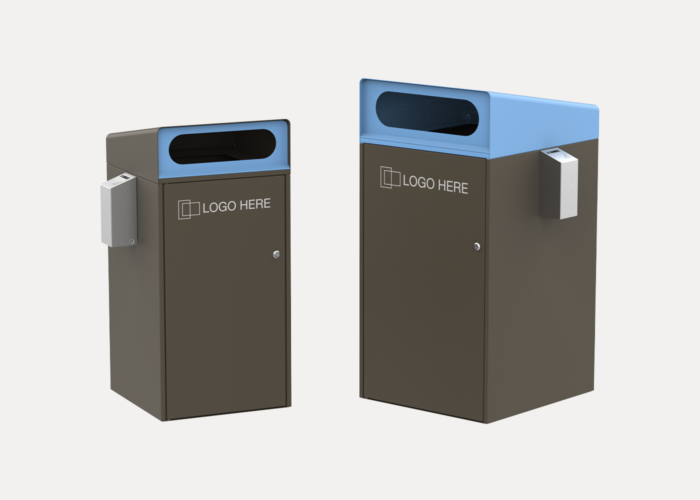For almost three decades the cancer support charity Maggie’s in the UK has provided patients an alternative to windowless, sterile oncology facilities. Their 27 major hospital sites offer respite, solace and practical support, ranging from nutritional specialists to breathing classes in a calming sanctuary. Gardener, designer and writer, Maggie Keswick Jencks started the charity in 1995, feeling a need for support beyond the clinical hospital wards. Unfortunately she didn’t live to see the first doors open the following year. Today, each landscaped garden highlights the changing seasons, from a shrub shedding its leaves in autumn to flowers blooming in spring. Observing seasonality can help patients adjust to the changes they’re experiencing over time. In each location the proximity of the garden to the Oncology department is crucial to its success. …
Litter Solutions
Browse our range by selecting a category or family
Litter Solutions
Congratulations to the winners of our ‘Win a Trip to Sydney’ promotion! A few lucky landscape architects from Australia and the US will experience the best of Sydney over several days in March 2026. Events include Street Furniture Australia’s VIP 40th Birthday Party, a factory tour, fine dining and more. The prize also includes return flights and 5-star hotel accommodation. US winners are hosted in collaboration with our distributor partner Spruce and Gander and will be announced soon. The 2025 Australian winners are: South AustraliaKiri BowmerJPE Design QueenslandCindy Pester Urbis VictoriaEmma BickerdikeTract Western AustraliaRose BaileyFour Landscape Studio Northern TerritoryAndrea Bleakley Bennett Architecture Northern TerritoryLanson IpBennett Architecture How did they win? All our Studio Workshops include a quick and fun game. The winning team are individually entered into a grand prize …
More than 200 built environment professionals from government, landscape architecture, planning and research gathered for West Fest 2025 in Parramatta NSW and online to discuss one of Western Sydney’s biggest challenges: how to design density that enhances liveability. Hosted by the Australian Institute of Landscape Architects, Cumberland City Council and Street Furniture Australia, this third annual event delivered fast-paced keynotes and two panels led by Joshua French, CEO, Greater Sydney Parklands – all focused on shaping a more connected, high-amenity future for the region. The conversation opened with insights from Jeremy Gill, Head of Policy, Committee for Sydney, who challenged the city to move beyond housing targets and instead focus on “density done well.” He emphasised that great density is defined by thriving neighbourhoods where public space, mobility, services and …

